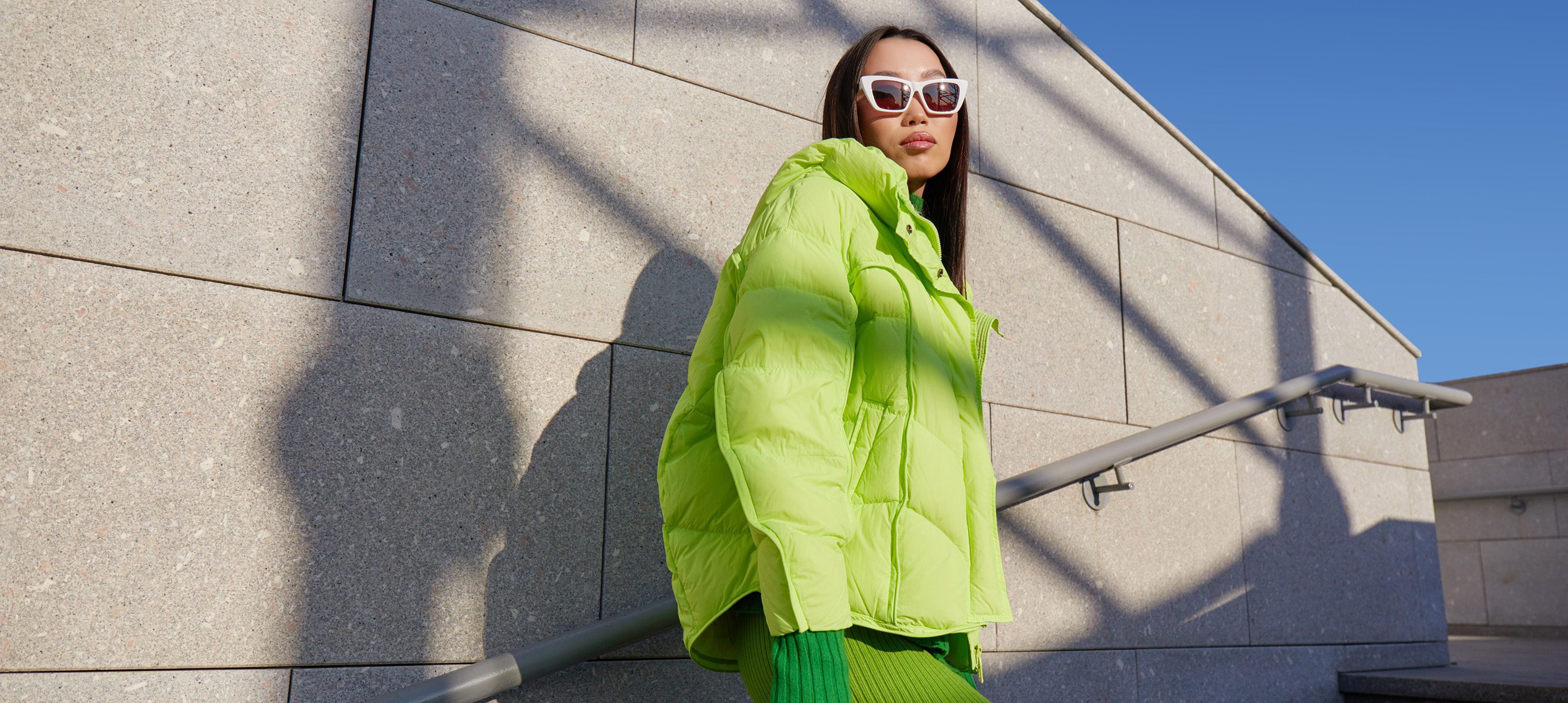
Eyewear
Trending sunglasses for winter 2019/2020
Optometrists at VU will help you find a pair of sunglasses that's trendy for the winter season and that perfectly suits you.
Advices & tips

IPL vs Lipiflow for the treatment of eye dryness
Advices & tips
Having dry eyes is not only uncomfortable, it can also lead to irreversible damage. However, the severity of eye dryness is underestimated in 41% of patients. The use of innovative technologies for the diagnosis and treatment of eye dryness is therefore highly sought. This is quite expected given the increase in the number of cases, especially amongst young people, who are highly exposed to screens and electronic devices. For treating dry eye syndrome, the IPL and Lipiflow technologies are seen to stand out in the market, but which one is right for you?
The use of Lipiflow has been authorized since 2011 and is only offered if tests show that the lipid deficiency is involved. With this technology, 76% of patients reported relief from their dry eye symptoms after at least two weeks of treatment. Lipiflow works directly on the eyelid for about 12 minutes with the help of pulsating pressure.
Here is a summary of the pros and cons of Lipiflow for the treatment of eye dryness :
| Pros | Cons |
|---|---|
|
|
Unique in its kind, the treatment of eye dryness by gel-free and self-calibrated IPL stimulates the meibomian glands and thus prevents too hasty evaporation of the tear film. The technology has improved the comfort of more than 80% of patients. This device treats other underlying conditions that can lead to dry eyes. IPL is one of the most innovative eye dryness treatment technologies. Here, the treatment is quick and painless. It is done in just 3 to 4 sessions spaced between 2 weeks and 1 month.
Here is a summary of the pros and cons of pulsed light for the treatment of eye dryness :
| Pros | Cons |
|---|---|
|
|
IPL technology is therefore recommended for moderate to severe eye dryness. The less severe of them could be improved after just one session. Lipiflow treatment is only recommended for mild to moderate dryness.
Comparative chart : Eyelight (IPL) vs Lipiflow
| Criterion | IPL Eyelight | Lipiflow |
| Treatment tool | Pulsed light | Thermal pulses |
| Type of eye dryness | Moderate to severe | Mild to moderate |
| Procedure | 2 to 4 quick and painless sessions | 1 session of 15 minutes
(significant results) |
| Local anesthesia | None | Necessary (eye drops) |
| Pain | None | None |
| Type of skin | All skin types if paired with LLLT treatment | All skin types |
| Post treatment recovery time | None | None |
| Need for post-treatment artificial tears | Significantly reduced | Necessary |
| Cost | $$$ | $$$$ |
Pulsed light technology (IPL) has been on the market for over 20 years now, especially for the treatment of many skin problems. However, its use for the treatment of eye dryness is recent, with around almost 10 years of application in this area.
This innovative treatment is offered by very few optometrists to date, but VU, Eye Dryness Clinic & Opticians is positioned as one of the few optometric clinics specialized in the treatment of dry eyes in Quebec that offers this technology.
If you think you might suffer from eye dryness, feel free to make an appointment for an eye exam, in which we now include the diagnosis of eye dryness syndrome.

Eyewear
Optometrists at VU will help you find a pair of sunglasses that's trendy for the winter season and that perfectly suits you.

Eye health
Having dry eyes may seem harmless at first, but when it starts to disrupt with your vision and quality of life,, it’s important to act preemptively e and to find an efficient solution.

Eye exam
Routine visits to the optometrist tend to be underestimated, indeed we rarely go see one. However, this medical examination is essential to detect and even prevent certain diseases and vision disorders: age, vision problems, pain, fatigue, etc.